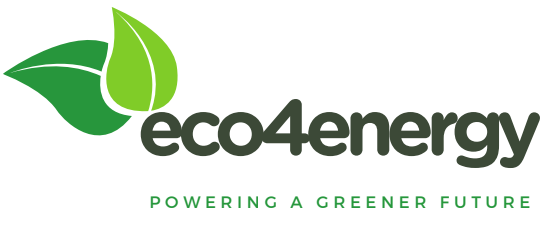When it comes to funding for energy efficiency projects or home improvements, you have several options to choose from. Among them, Eco4 Grants stand out as an accessible and beneficial choice. However, it’s important to compare them with other funding sources to determine which one best suits your needs. In this article, we’ll take a look at Eco4 Grants and compare them with other funding options to help you make an informed decision.
What Are Eco4 Grants?
Eco4 Grants are part of a government initiative designed to help homeowners and businesses reduce their energy consumption. The program provides financial assistance to upgrade insulation, heating systems, and renewable energy installations, making properties more energy-efficient. The goal is to lower energy bills, reduce carbon footprints, and create a more sustainable environment.
One of the key advantages of Eco4 Grants is that they don’t require repayment, making them an attractive option for many. Additionally, they are available to a wide range of individuals, including low-income households, pensioners, and people with disabilities.
Other Common Funding Sources
While Eco4 Grants are an excellent option, there are other funding sources available that can also support your energy efficiency goals. Let’s explore some of these alternatives:
- Personal Loans
Personal loans are a common way to finance home improvements. You can borrow money from a bank or financial institution and repay it over time with interest. The downside is that you’ll need to qualify for the loan, and the interest rate can be high, depending on your credit score. Unlike Eco4 Grants, personal loans require repayment, which can add to your financial burden. - Green Loans
Some financial institutions offer green loans specifically for energy-efficient home improvements. These loans often have lower interest rates compared to traditional personal loans and may come with flexible repayment options. However, like personal loans, they still need to be paid back over time, which may not be ideal for everyone. - Government Tax Credits
Another popular option is government tax credits, which provide tax relief for energy-efficient upgrades. These credits can significantly reduce the upfront cost of improvements, but they typically require you to have enough tax liability to benefit fully. This option can be valuable for those who pay substantial taxes but may not be accessible to all. - Home Equity Loans
If you own your home and have built up equity, you may be eligible for a home equity loan. This allows you to borrow against the value of your property, often at a lower interest rate. However, like green loans and personal loans, home equity loans must be repaid and could put your property at risk if you fail to make payments.
Eco4 Grants vs. Other Funding Sources: A Comparison
When comparing Eco4 Grants to other funding sources, several factors come into play, such as eligibility, repayment terms, and overall cost-effectiveness.
Repayment Terms
The most significant advantage of Eco4 Grants is that they do not require repayment. This makes them an attractive option for homeowners or businesses looking to improve energy efficiency without incurring additional debt. In contrast, most other funding sources, such as personal loans and home equity loans, come with repayment terms that can extend for years.
Eligibility
Eco4 Grants are available to a broad range of individuals, particularly those in lower-income brackets, pensioners, and people with disabilities. This makes them more accessible than many other funding options. Personal loans and home equity loans often have strict credit requirements, meaning some people may not qualify, while green loans may not be available for all types of energy efficiency improvements.
Upfront Costs
For homeowners who struggle with upfront costs, Eco4 Grants can be particularly beneficial. They cover a significant portion of the costs associated with energy-efficient upgrades, meaning you won’t need to worry about finding the full amount. Green loans and government tax credits can help lower the costs, but you may still need to finance some portion of the project yourself.
Flexibility
Green loans and personal loans may offer more flexibility in terms of the type of project you can fund. These options allow you to fund a wide variety of improvements, whereas Eco4 Grants are typically more focused on energy efficiency upgrades.
Which Funding Option Is Right for You?
Deciding which funding option is right for you depends on your specific needs and financial situation. If you qualify for Eco4 Grants, they are an excellent choice due to their no-repayment feature and the ease of accessing funding. They are ideal for low-income households, pensioners, or anyone looking to reduce energy consumption without taking on debt.
However, if you don’t qualify for Eco4 Grants, other funding sources such as green loans or government tax credits may be more appropriate. Green loans are a great alternative for those who need flexibility in the projects they undertake, while tax credits can reduce costs significantly for those who qualify.
Conclusion
In conclusion, Eco4 Grants offer unique advantages, particularly for those who need financial assistance with energy-efficient home improvements but want to avoid taking on debt. However, there are various other funding sources available, each with its pros and cons. Assess your situation, eligibility, and project goals carefully to determine which funding option is the best for you.
